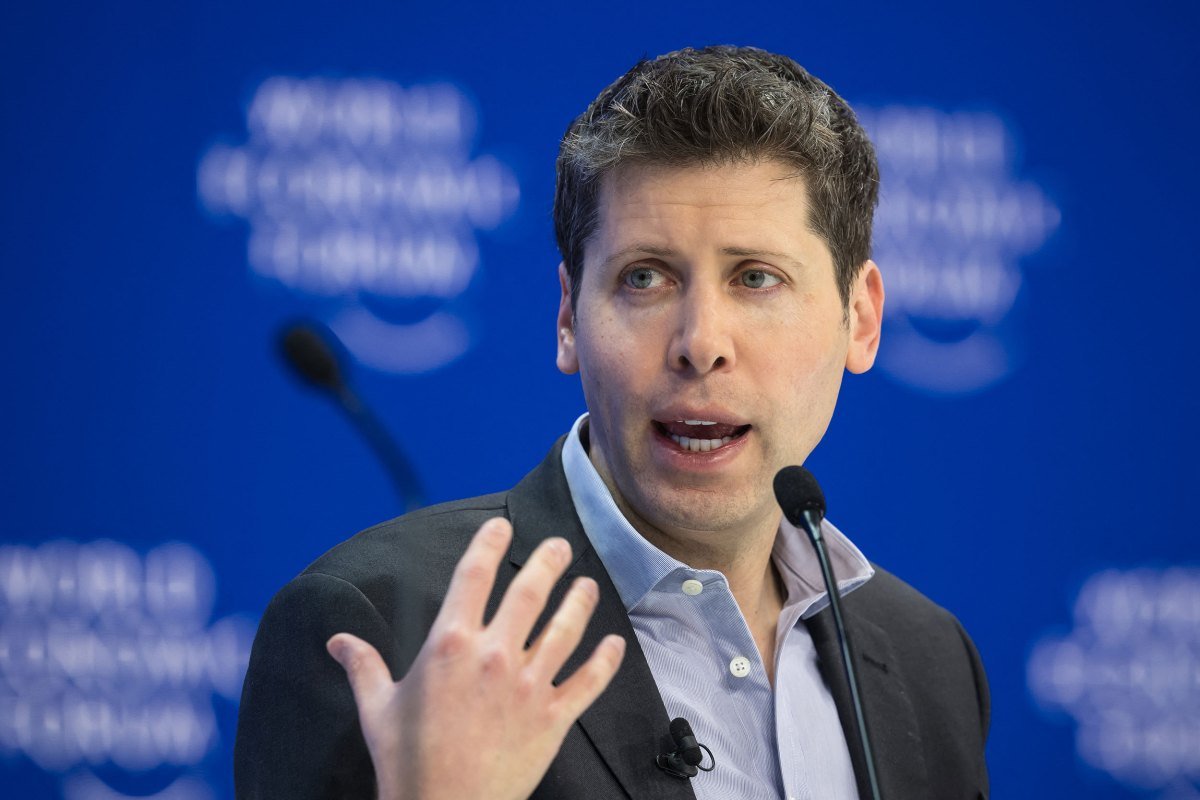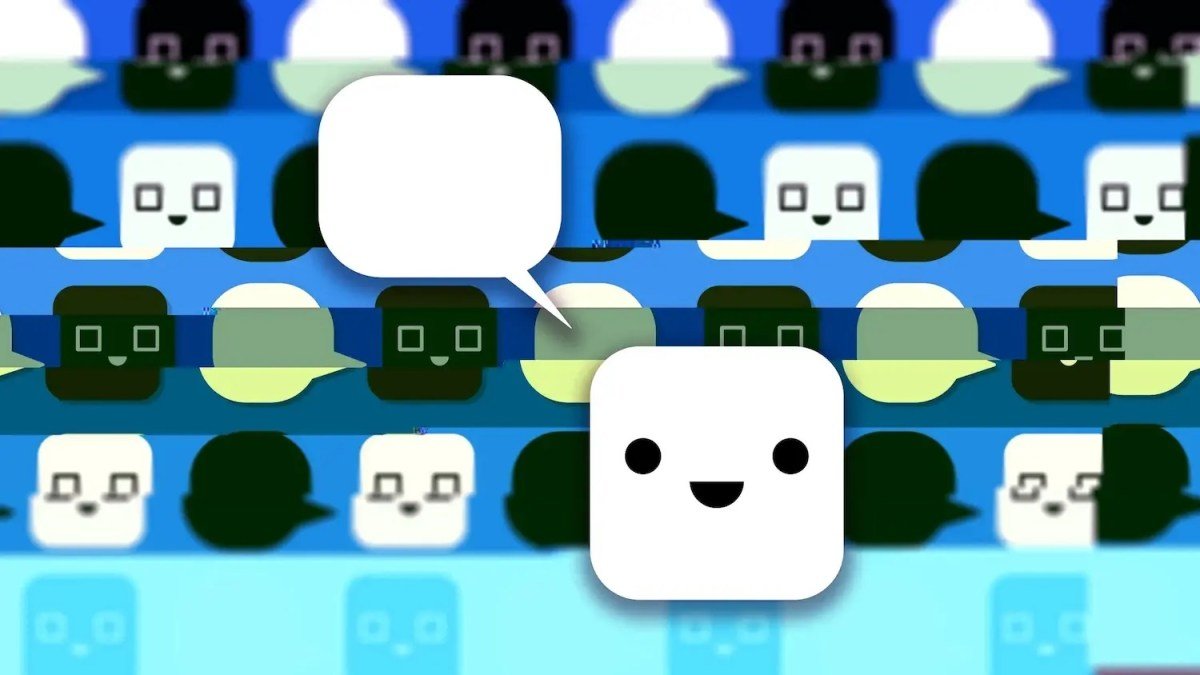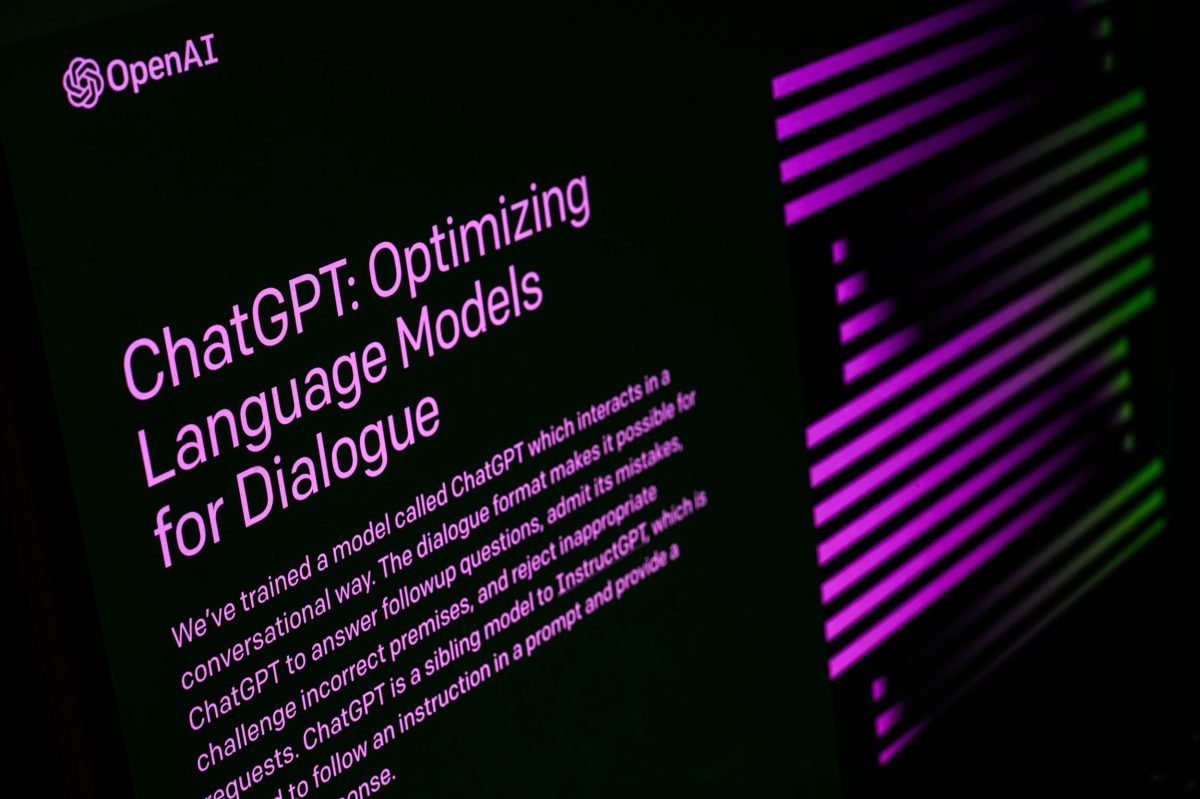Cluely’s Revenue Soars to $7 Million in ARR After Launching Innovative Enterprise Product
Cluely’s revenue has skyrocketed to about $7 million in annual recurring revenue (ARR) since launching its new enterprise product a week ago, founder Roy Lee shared with TechCrunch. “Every single person who has a meeting or an interview is testing this out.”
Introducing Cluely: Revolutionizing Communication with AI
Cluely, a standout in Silicon Valley, utilizes artificial intelligence to analyze online conversations. The platform delivers real-time notes, context, and question suggestions, keeping the information discreetly visible only to the user.
Rapid Growth and Profitability: Cluely’s Emergence
Leading up to the product launch, Lee had proudly announced that the company had exceeded $3 million in ARR and was already profitable.
Consumer and Business Interest Surge
Lee noted that both consumers and businesses are showing significant interest in Cluely’s offerings.
A Controversial Beginning: From Suspended Student to Startup Success
Cluely’s origin is rooted in controversy; Lee claimed on X that he was suspended from Columbia University for creating a tool intended to cheat in job interviews for software engineers. This incident fueled the startup’s launch, embracing the cheeky tagline of “cheat on everything.”
From Controversy to Credibility: Backed by Major VCs
With backing from notable investors such as Andreessen Horowitz, Abstract Ventures, and Susa Ventures, the messaging has shifted to “Everything You Need. Before You Ask. … This feels like cheating.”
Cluely’s Growing Reputation in Silicon Valley
Despite its controversial background, businesses continue to engage with Cluely, with Lee revealing that a public company recently doubled its annual contract to $2.5 million.
Expanded Features for Enterprise Users
The enterprise version of Cluely’s product resembles the consumer application but includes added features like team management and enhanced security settings. Key business applications include sales calls, customer support, and remote tutoring.
Real-Time Note-Taking: A Game Changer for Users
Lee highlights that Cluely’s real-time note-taking capability is particularly appealing to customers. “Meeting notes have proven to be a crucial use case for AI. The challenge with competitors is that they only provide post-call summaries,” he remarked. “With our service, you can refer to notes during the meeting.”
Facing Competition: The Rise of Free Alternatives
However, Cluely’s real-time notetaker might face stiff competition. Recently, Pickle—a company branding itself as a digital clone factory—claimed to have developed Glass, an open-source tool with similar features to Cluely. Garnering over 850 stars and nearly 150 forks within hours on X, the developer community’s response indicates a significant interest in this free alternative.
Looking Ahead: Can Cluely Sustain Its Success Amid Competition?
As competition from free products like Glass emerges, the future of Cluely’s remarkable ascent remains to be seen.
Sure! Here are five FAQs based on the announcement regarding Cluely’s ARR:
FAQ 1: What does it mean that Cluely’s ARR doubled to $7M?
Answer: ARR stands for Annual Recurring Revenue, which is a metric used to assess the revenue generated from subscriptions or long-term contracts on an annual basis. Cluely’s ARR doubling indicates significant growth in its subscription-based revenue, reaching $7 million within one week.
FAQ 2: Who is Roy Lee, and what role does he play at Cluely?
Answer: Roy Lee is the founder of Cluely. As the founder, he plays a crucial role in the company’s strategic direction, growth initiatives, and overall leadership, overseeing operations and ensuring the business meets its objectives.
FAQ 3: What factors contributed to the rapid growth in Cluely’s ARR?
Answer: While specific details were not provided, factors could include increased customer acquisition, successful marketing strategies, launching new products or features, or enhanced customer retention efforts. These elements often drive substantial growth in subscription-based business models.
FAQ 4: What does Roy Lee mean by "rivals are coming"?
Answer: Roy Lee’s mention of "rivals are coming" suggests that the competitive landscape is evolving, with potential competitors looking to enter the market or existing competitors likely to improve their offerings. This indicates a need for Cluely to maintain its competitive edge to sustain its growth.
FAQ 5: How might Cluely respond to the competitive pressure from rivals?
Answer: Cluely might respond to competitive pressure through various strategies, such as innovating its product features, enhancing customer service, adjusting pricing strategies, or increasing marketing efforts to strengthen brand loyalty. The company may also focus on market research to understand competitors better and identify areas for differentiation.




